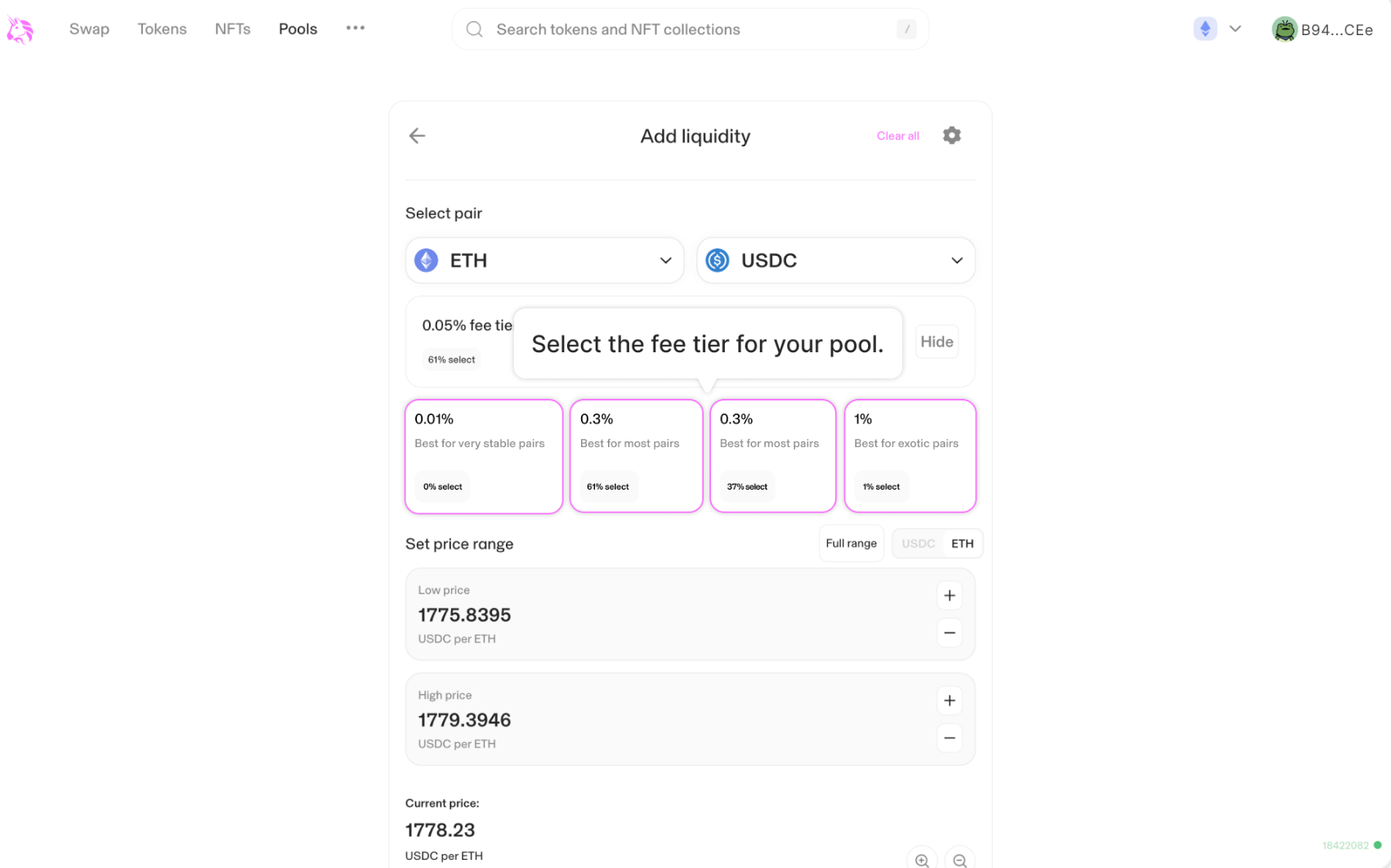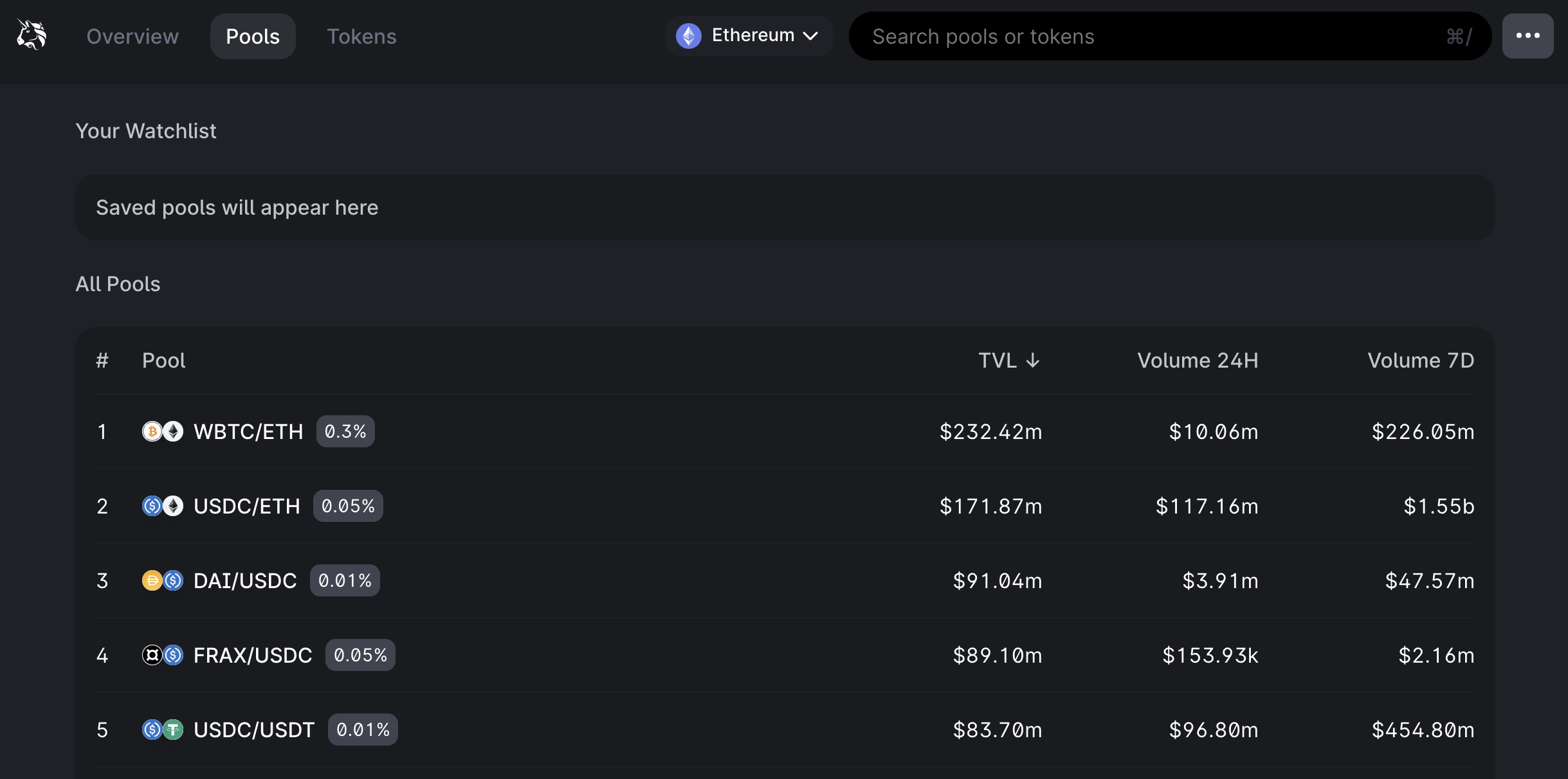Intro
In the crypto world, liquidity plays an important role in ensuring efficient trading. But what exactly does it take to become a crypto liquidity provider? Becoming one isn't just about investing in digital assets in the market, it's a process that involves a deep understanding of market dynamics, risk management, and technology. This article from Notum delves into the world of liquidity provision in the crypto space, exploring its main features and types, and answers the question of how to start providing liquidity in simple steps.
What Is Liquidity in Crypto?
Liquidity in crypto refers to how easily a digital asset can be bought or sold in the market without significantly affecting its price. It's a fundamental concept that plays a crucial role in the functionality and attractiveness of a crypto or token to traders and investors. Basically, higher liquidity implies that there is a more active market for a particular cryptocurrency, making it more appealing for participants.
Liquidity is typically assessed by examining the depth of the order book on crypto exchanges. The order book displays the list of buy and sell orders at various price levels. A crypto with high liquidity will have a substantial volume of orders at different price points, allowing traders to execute large orders without causing significant price fluctuations. And, on the contrary, crypto with low liquidity will have fewer orders, making it challenging to trade large amounts without impacting the market price.
There are multiple benefits of high liquidity in the crypto market. First and foremost, it provides traders with the ability to enter and exit positions quickly and at desired prices. This minimizes slippage, where the execution price differs from the expected price due to limited liquidity. Additionally, high liquidity promotes price stability and attracts investors who require enough liquidity for their large trades. As a result, traders and investors often take liquidity into account when selecting assets to trade or invest in.
Market Liquidity
Market liquidity, also known as trading liquidity, is perhaps the more commonly understood form of liquidity in the crypto world. It refers to the ease with which crypto can be bought or sold in the open market without causing significant price fluctuations. High market liquidity implies that there is a deep order book with a substantial number of buy and sell orders at various price levels. As a result, large trades can be executed without impacting the asset's price significantly.
“A market is said to be liquid when the transaction of assets happens at fair prices. Meaning, the smaller the gap between the sell price and the ask price, the more liquid the market is.” – Hackermoon.
Key points of market liquidity:
- It is a measure of how easily an asset can be traded in the open market;
- High market liquidity is desirable for traders as it allows for efficient execution of orders with minimal slippage;
- Liquidity varies between cryptocurrencies, with major assets typically having higher market liquidity than lesser-known altcoins.
How Does Liquidity Providing Work?
Liquidity providing in crypto involves depositing digital assets primarily onto DEXs to facilitate trading. Users typically provide an equal value of two different cryptos to a liquidity pool, creating a balanced pair for trading. In return, they receive LP (liquidity provider) tokens, representing their ownership share in the pool. When traders conduct transactions within the pool, they pay fees, which are distributed among LP token holders proportional to their contribution. This stimulates liquidity providers to participate, as they can earn a portion of the trading fees generated by the DEX.
However, liquidity providers should be aware of some potential risks, such as impermanent loss. This occurs when the price of a token changes, causing the user's share of the liquidity pool to become less than the value of their deposit. Of course, the most vulnerable to this type of risk are volatile crypto pairs. To reduce it, it is recommended to choose stablecoin pairs with a smaller price range. Despite this risk, liquidity providing can be quite profitable, particularly for those seeking to earn passive income in the crypto market while supporting decentralized trading and liquidity provision services.
Source: Uniswap
How To Become a Liquidity Provider?
As known, becoming a crypto liquidity provider involves engaging in a form of trading that entails supplying liquidity to various crypto markets, typically by offering a range of buy and sell orders for a particular trading pair. So, how does one become a liquidity provider? Explore several main steps:
- Select a Platform. Choose an automated market maker (AMM) platform where you want to provide liquidity. Some popular options include Uniswap, SushiSwap and Balancer. Make sure to consider factors like liquidity pool size, fees, and assets that are included in the pool when selecting a platform.
- Choose a Liquidity Pool. On the chosen platform, select the specific liquidity pool you want to contribute. This typically involves choosing a cryptocurrency pair (e.g., ETH/USDC) and finding the corresponding pool.
- Buy the Assets and Deposit Funds. As a rule, you'll need an equal value of both cryptos in the selected pair to provide liquidity. If you don't already have these assets, you'll need to buy them through a crypto exchange or wallet. After, go to the liquidity pool page and deposit your assets into the pool. As a result, you'll receive LP token in return for your deposit.
- Monitor and Manage Your Investments. Regularly check your liquidity pool's performance, as well as the fees you're earning. You can adjust your liquidity or withdraw it at any time, depending on your goals and market conditions.
If you decide to stop providing liquidity, return your LP token to the pool, and you'll receive your share of the assets plus any earned fees.
 Source: Uniswap
Source: Uniswap
Why Do People Become Liquidity Providers?
First and foremost, users become crypto liquidity providers as they are attracted by the potential to earn passive income through fees generated by DEXs and liquidity pools. By providing their crypto assets to these platforms, they enable others to trade, and in return, they receive a share of the transaction fees. This can be a profitable way to grow their crypto holdings without actively trading or taking on excessive risks. Additionally, some users become providers to support the growth and stability of the DeFi ecosystem. By providing liquidity, they contribute to the overall liquidity depth of a market, which can lead to lower slippage and more efficient trading. This, in turn, can attract more users and traders to the DeFi space, increasing the adoption and utility of cryptocurrencies.
Liquidity providers can also benefit from token incentives and governance rights offered by some DeFi projects. These incentives may include native tokens, which can increase in value, and the ability to participate in the decision-making process of the protocol. Overall, users become crypto liquidity providers for a combination of financial incentives, ecosystem support, and potential governance involvement in the DeFi space.
Summing Up
Liquidity providing is one of the main aspects of the decentralized finance world, offering a dynamic way for users to participate in the crypto ecosystem. It involves contributing assets to liquidity pools on decentralized exchanges, facilitating smoother and more efficient trading for others while earning fees as compensation. However, becoming a crypto liquidity provider requires careful research, risk assessment, and responsible management.
To begin as a liquidity provider, start by understanding the specific DeFi platforms and liquidity pools that meet your investment goals and risk tolerance. Stay cautious and monitor your liquidity contributions regularly, adjusting your portfolio as market conditions evolve. Additionally, consider factors such as fees, token incentives, and governance rights when selecting a liquidity pool. As the crypto space develops, becoming a liquidity provider represents not only a financial opportunity but also a means to actively participate in the growth of the DeFi space.
Disclaimer: Notum does not provide any investment, tax, legal, or accounting advice. This article is written for informational purposes only. Cryptocurrency is subject to market risk. Please do your own research and trade with caution.
